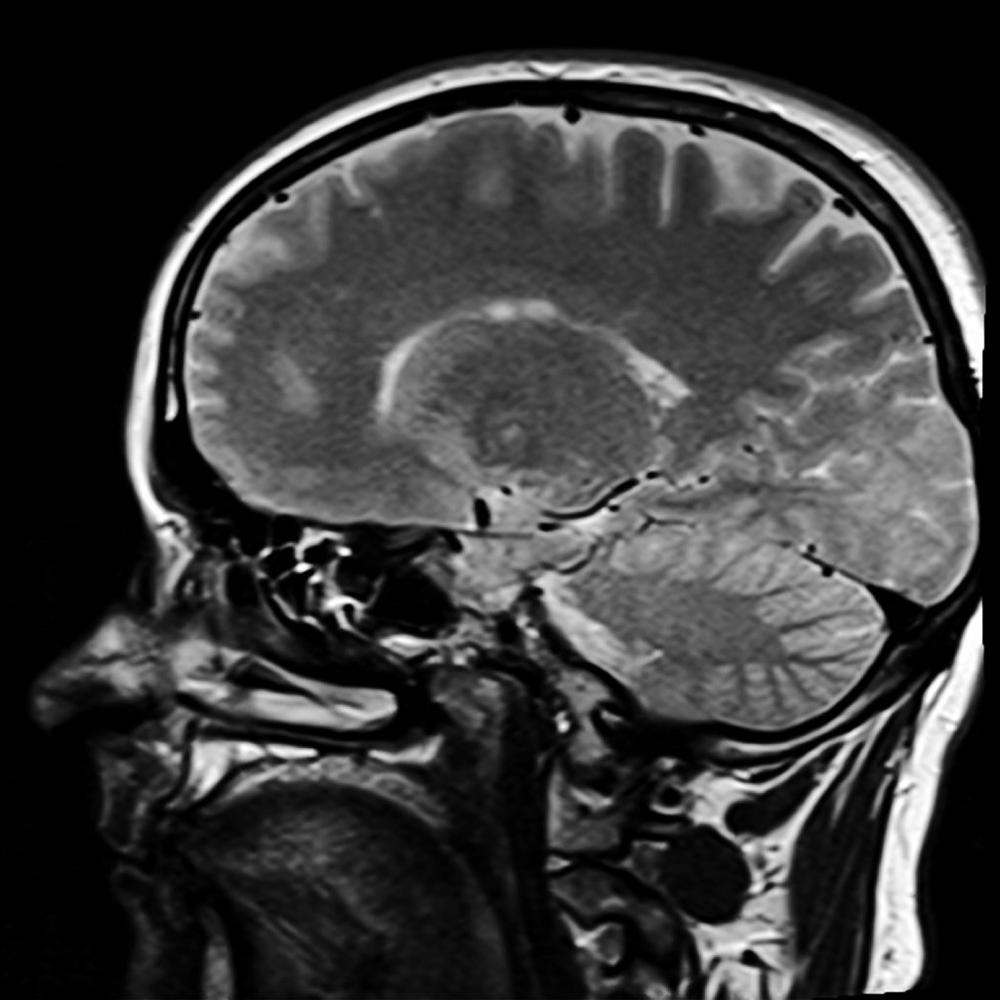- CT (computer tomography),
- MRI (magnetic resonance imaging) or
- CBCT (cone beam computed tomography)
These methods generally deliver high-resolution sectional digital imaging for the precise evaluation of a variety of structures, such as bone and organs, thus allowing for better patient care.
In the next step, imaging data gathered from the scanners will be stored and transmitted by established medical imaging management tool in accordance with a standardized procedure; so called DICOM (Digital Imaging and Communications in Medicine). Almost all manufacturers of imaging or image processing systems in medicine, such as digital x-rays, magnetic resonance imaging or computer tomography, implement the DICOM standard in their products. This enables interoperability between systems from different manufacturers in the clinical environment.
The following step entails segmentation; the image processing. This step represents the first stage in image analysis for further data processing. At this stage, the generated images are divided into relevant and non-relevant reg ions.
During the subsequent virtual operation planning, the patient’s segmented models can be moved and processed virtually in all three spatial axes. For example, individual sections of the jaw are repositioned in oral surgery so as to achieve an aesthetic and anatomical improvement for the patient. This processing principle is also used to create PEEK implants using 3D printers. Computer-aided simulation, planning and modelling ensure faster operations for the patient and provide a preoperative insight to the expected osteotomy alignment and positioning in advance. Thanks to the gained efficiency compared to conventional model surgery, a smoother, more precise and more efficient surgical procedure can be made possible for both, the surgeon and the patient.
Before the image data can be read and processed with the 3D printer, a final data handling step is necessary. Slicing software programs "cut" the 3D object into many horizontal slices and thus determine the path that the print head must travel. The result is the so-called G-code file. The G-code also contains data about the print-bed and any hardware directly contributing to the printing process such as thermocouples, travelling speed of the motors driving the print-head as well as information on the feed rate of the filament. Using the path information (X & Y coordinates), slicing software can estimate both the quantity of the material being extruded and the expected print time of the model making it possible to calculate the cost of material used and subsequently monetary value of the print job.
After the printing process, post-processing steps may still be necessary on the printed part, for instance the removal of support material or refurbishing of surface structures. The duration of a 3D-printed model from imaging to the finished printed PEEK implant takes on average less than 24 hours; however, it strongly depends on the geometry and size of the desired model.
Following the post-processing, a quality control is carried out which allows for a comparison of the printed part with the digital/CAD model. Once accepted, the printed part is then sterilized prior to surgery. The models are positioned in such a way that they are not moved by the circulated water and cannot be damaged mechanically. Likewise, there must be no gaps to prevent possible soiling by water being hindered from draining off. For sterilization, dry heat (by supplying high temperatures), the addition of chemical substances or radiation are suitable. Most viruses and bacteria can be killed at temperatures as low as 100°C, but there are also some soil bacteria that can form very resilient and heat-resistant spores, hence a careful selection of the sterilization method for a particular material is essential. The implants must then undergo additional check for damage or changes to the surface due to decontamination. Quality objectives thus involves absence of residues (cleanliness), with precise checking that there are no particles or other organic or inorganic substances on the printed part. The cleaned parts is also packaged under strictest conditions and must prevent recontamination of the implant.
Using the medical PEEK printer; Apium M220, in combination with the applications-relevant properties of PEEK, it is now possible to individually fabricate high-quality patient-specific implants. Owing to this fabrication approach, a cost and time efficient medical solution for many diverse patient groups can be realized.
We research, develop and produce Fused Filament Fabrication 3D printing filaments made from high performance polymers along with 3D printers to process them. After intensive research, we became the first company worldwide able to make PEEK (poly ether ether ketone) printable with the FFF 3D printing technology. As pioneers, we assure the best and most reliable print quality on the market. With our expertise and experience in practical applications, together with basic research, we have a unique competence center for small and medium enterprises from industries that use high performance polymers for the most demanding environments and applications.
With our strong core-competencies we strive to become the largest technology supplier of high performance filament materials and 3D printers for FFF 3D printing technology within the European market. Our goal is to set the industry standard in terms of quality and reliability at FFF 3D printing of high performance polymers. As a competence center we claim on the legitimacy to be present on the market and to take over a long-term leading role. Through our know-how and our expertise in the field of FFF 3D printing we assure our customers the highest quality and the best service.
Apium Additive Technologies GmbH
Siemensallee 84
76187 Karlsruhe
Telefon: +49 (721) 13 20 95 0
Telefax: +49 (721) 13 20 95 77
http://www.apiumtec.com/
Head of Marketing and Quality Management
Telefon: +49 (721) 6803087-0
E-Mail: pinar.karakas@apiumtec.com
![]()
